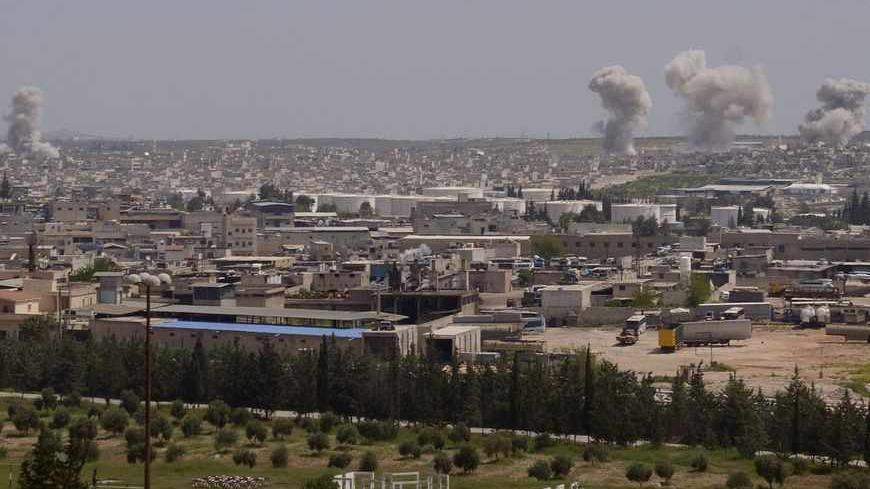The current regional and international politics of a tumultuous Middle East are already shaped, yet still taking shape through competition, cooperation and confrontation among key players in the region's three major crises — all of which carry degrees of complexity, danger and tension as well as of repercussions, if not settled properly.
The Palestinian issue, the Syrian conflict and Iran's regional and nuclear ambitions share one common feature: They remain stalemated after partial and partisan, rather than comprehensive, attempts at resolution. The failure stems from the absence of a consensus among the main influential figures. Although each crisis has its own dynamics, history, causes and conflict parameters, they have relations of mutual influence among each other.



